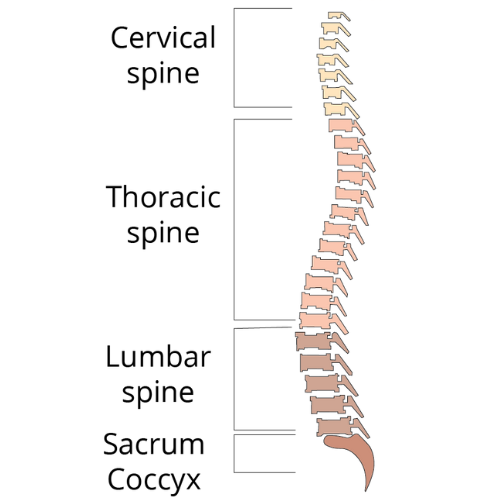The Spinal Cord
the spinal cord by Delta publications
Key Notes:
What is the Spinal Cord?

- The spinal cord is a long, tube-like structure made of nerves.
- It runs from the brain down the back, inside the spine (vertebral column).
- It is a key part of the central nervous system.
Function of the Spinal Cord
- It sends messages between the brain and the rest of the body.
- It controls reflexes, like pulling your hand away from something hot.
- The spinal cord allows the brain to send signals for movement, sensation, and control of organs.
Structure of the Spinal Cord

- The spinal cord is protected by the bones of the spine, called vertebrae.
- It is divided into segments, each connected to different parts of the body through nerves.
- The nerves branching from the spinal cord carry messages to specific areas like the arms, legs, and organs.
Connection to the Brain

- The spinal cord is connected to the brain at the brainstem.
- Together, the brain and spinal cord make up the central nervous system (CNS).
Importance of the Spinal Cord
- Damage to the spinal cord can affect movement, sensation, and body functions.
- Keeping the spinal cord healthy is important for overall body coordination and reflexes.
Protection of the Spinal Cord
- The vertebrae form a protective barrier around the spinal cord.
- The spinal cord is also surrounded by cerebrospinal fluid, which cushions and protects it from injury.
Let’s practice!

